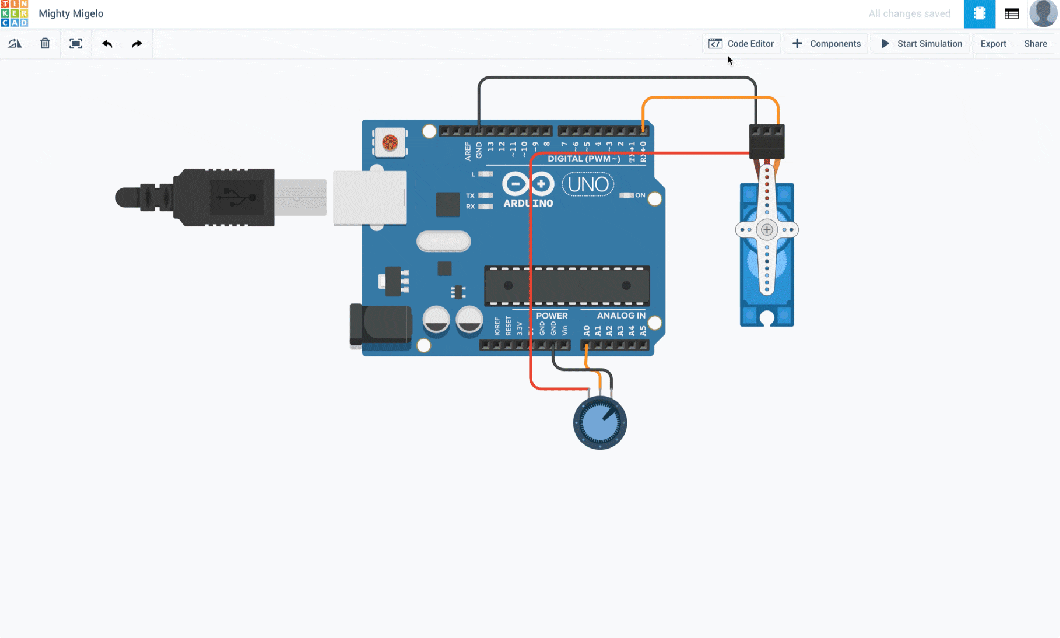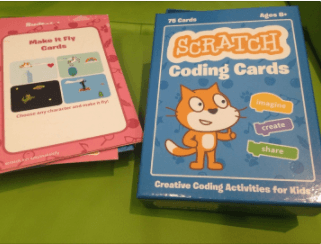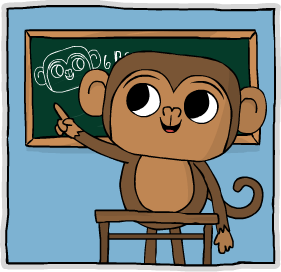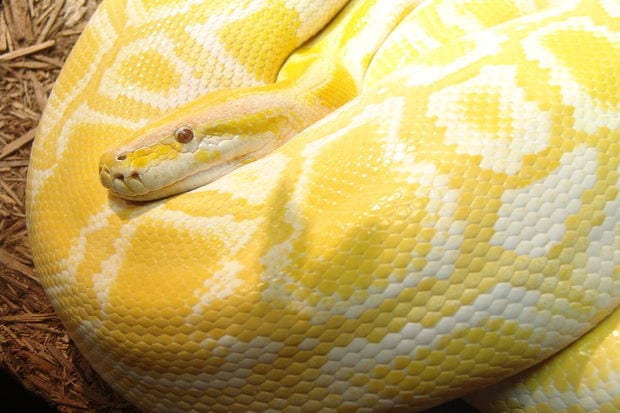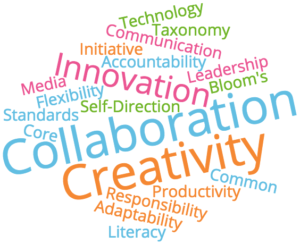Turtlestitch is based on a browser-based educational programming language (Snap!) to generate patterns for embroidery machines. It is easy to use, requiring no prior knowledge in programming, yet powerful in creating nowels patterns for embroidery. It is usefull for designers to experiment with generative aesthetics and precision embroidery as well as tool for innovative workshops combining an introduction to programing with haptic output.Turtlestitch uses Snap!s “pen module” which it interprets as a needle and transforms its output into widely-used embroidery file formats.
DroneBlocks | Drones in Education
DroneBlocks offers everything you need to start a drone programming course or club for your 4th-8th grade students. The DroneBlocks App makes programming drone missions accessible through a familiar, easy-to-use “block” programming interface. The DroneBlocks Curriculum provides a full lesson plan that takes you and your students from the basics to more advanced missions.
Code Blocks Powered by Scratch Blocks Now In Tinkercad! – Tinkercad Blog
Code blocks let you program Arduinos using drag-and-drop blocks. The blocks allow you to automatically build the text-based code in real time, so you can see exactly how Arduino code is formatted and then easily export your sketch to upload directly to an Arduino board. Check out the example below, where just two lines of block code help generate almost 30 lines of code!
Source: Code Blocks Powered by Scratch Blocks Now In Tinkercad! – Tinkercad Blog
Thunkable.com: Drag and Drop Mobile App Builder for iOS and Android
Thunkable is simple and fast for first-time app builders, but powerful enough to support your most ambitious apps.
Source: Thunkable.com: Drag and Drop Mobile App Builder for iOS and Android
Hand On Coding
Playing with blocks has been around for centuries. From classrooms to doctors offices, this age old toy remains one of the most important tools for children to use in order to develop critical thinking skills. While post poeple are scrambling to turn everything digital, we have reversed the role and have allowed for a digital idea to be created physically. Hands-On Coding allows the student to physically move and act out programs created with Coding Blocks. A big part of coding is developing an Algorithm, which is a list of steps to follow to complete a task. In this case, the “run” part of the program is a physical person.
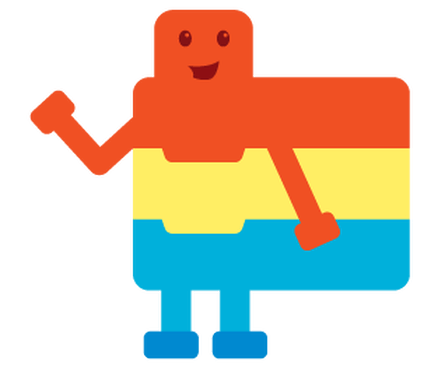
Hands-On Coding turns the human into a computer and teaches children not just how to solve problems, but also how to express themselves. Kids learn by doing, which is why Coding Blocks are a perfect tool to learn the basics of computer coding in a fun and engaging way. They are useful for hands-on, small group activities; and for letting students explore and develop reasoning and problem-solving skills.
Source: handsoncoding
Make Your Own 2d Games With Construct 2
Construct 2 is a powerful ground breaking HTML5 game creator designed specifically for 2D games. It allows anyone to build games — no coding required!
How Scratch and Minecraft Developers Hope to Keep Kids Coding For Life | EdSurge News
Coding curricula is sweeping into classrooms across the country, thanks to programs such as Code.org. According to the Education Commission of States, about 20 states now require that districts allow students to apply specified computer science courses toward completion of mathematics, science or, as a foreign language. But is coding preoccupying the hearts and minds of students after school hours? This is the question that researchers at the MIT Media Lab are asking.
Source: How Scratch and Minecraft Developers Hope to Keep Kids Coding For Life | EdSurge News
CodeMonkey
From the very first moment in CodeMonkey, students start to write code in a real-world programming language called CoffeeScript. CoffeeScript is a modern open-source programming language that compiles to JavaScript, and similarly to JavaScript it is used in the industry primarily for web applications. Through the CodeMonkey program students will learn advanced Computer Science concepts such as loops, variables, functions, conditions and more.
Source: CodeMonkey | Teachers
What is the Python programming language? Everything you need to know
Why the Python programming language shines for data science, machine learning, systems automation, web and API development, and beyond
Dating from 1991, Python is a relatively new programming language. From the start, Python was considered a gap-filler, a way to write scripts that “automate the boring stuff” (as one popular book on learning Python put it) or to rapidly prototype applications that will be implemented in one or more other languages.
Source: What is the Python programming language? Everything you need to know
Zulama – Entertainment Technology Curriculum
The Zulama curriculum was created by educators at the world-renowned Entertainment Technology Center at Carnegie Mellon University. It gives teenagers experience with problem solving and thinking creatively—skills they need to earn jobs in a digital world.
Zulama Long Courses each contain over 80 hours of lessons, activities, projects, and content. The content is delivered through a browser-based platform into your classrooms, where students participate in hands-on, project-based activities and assignments.
